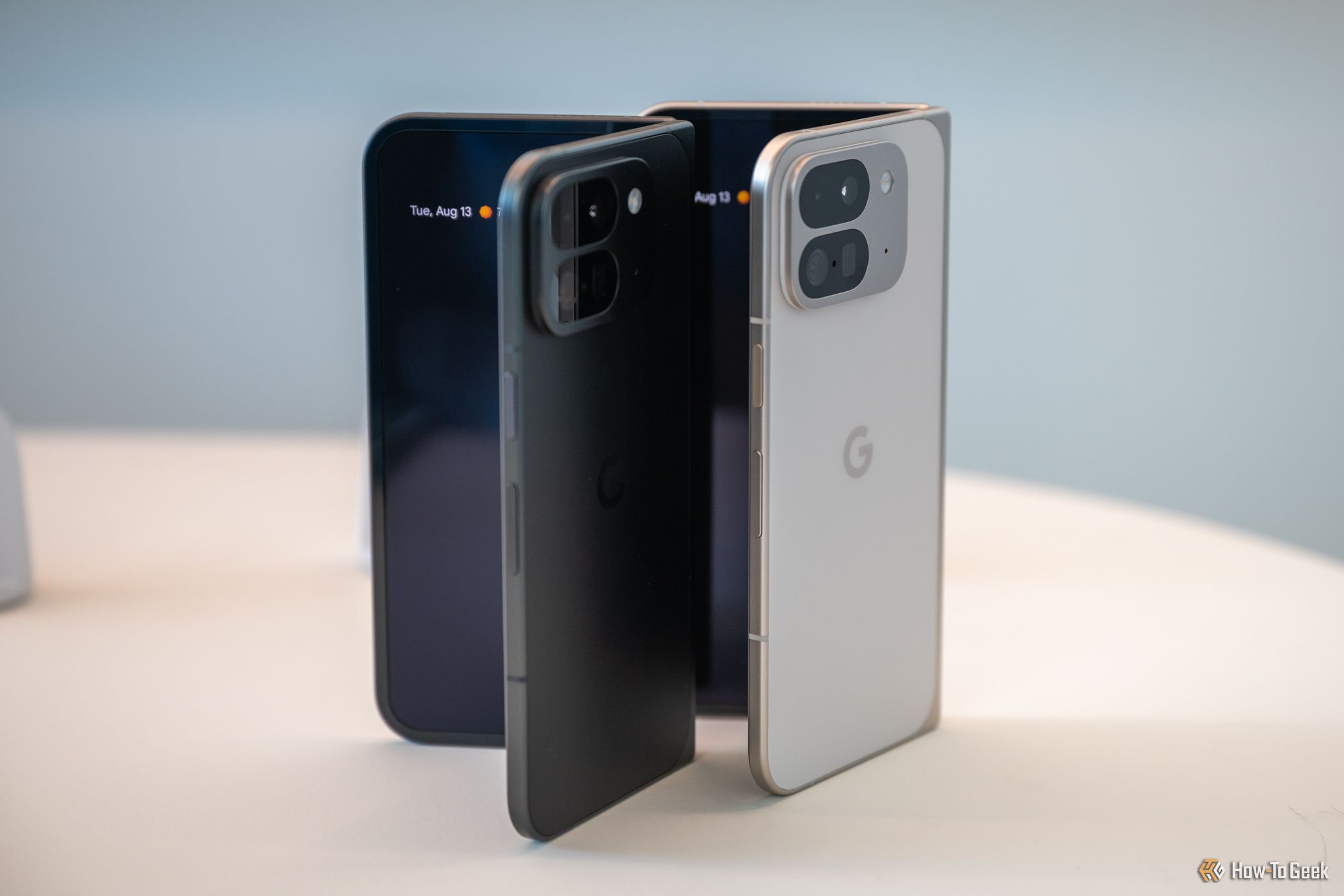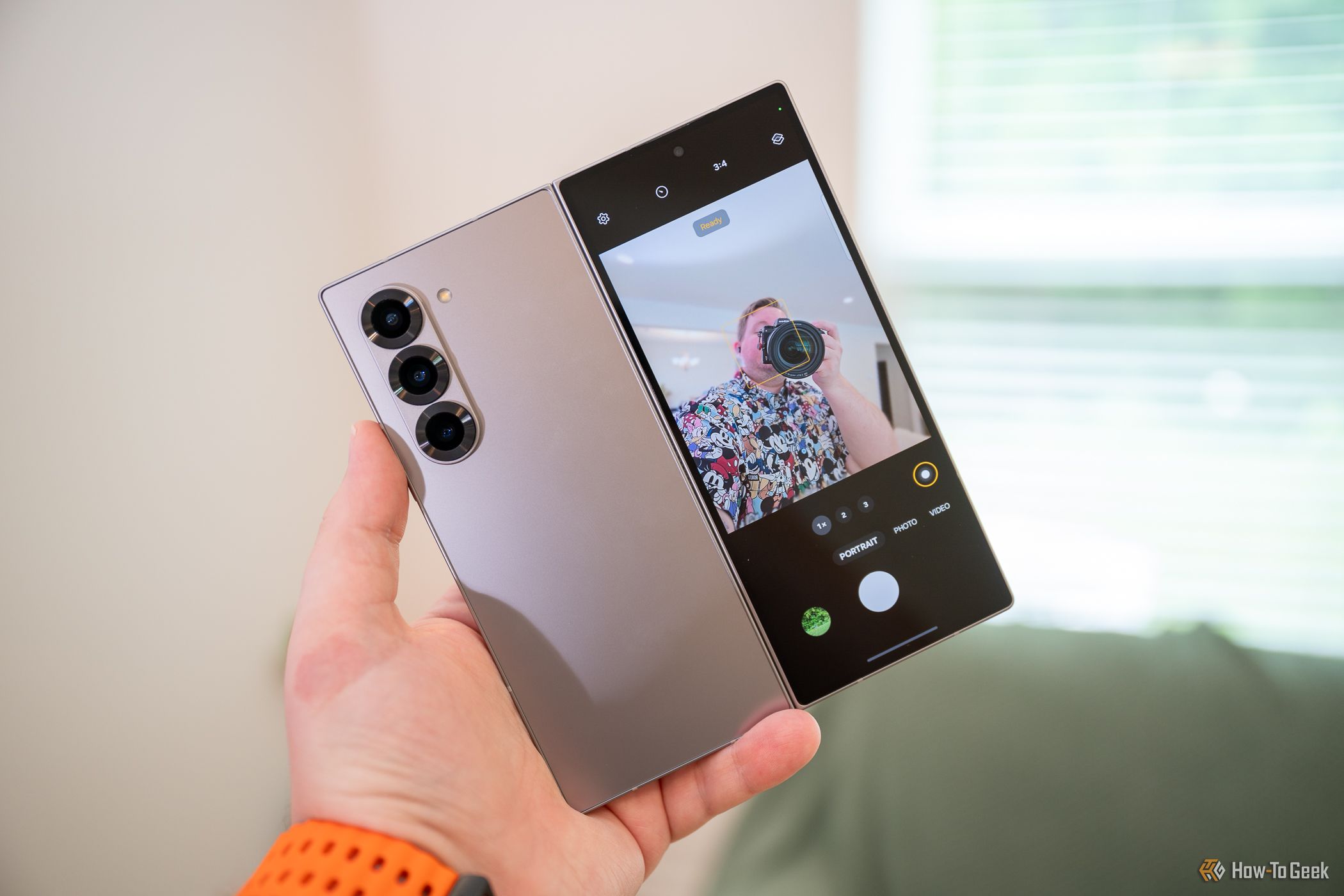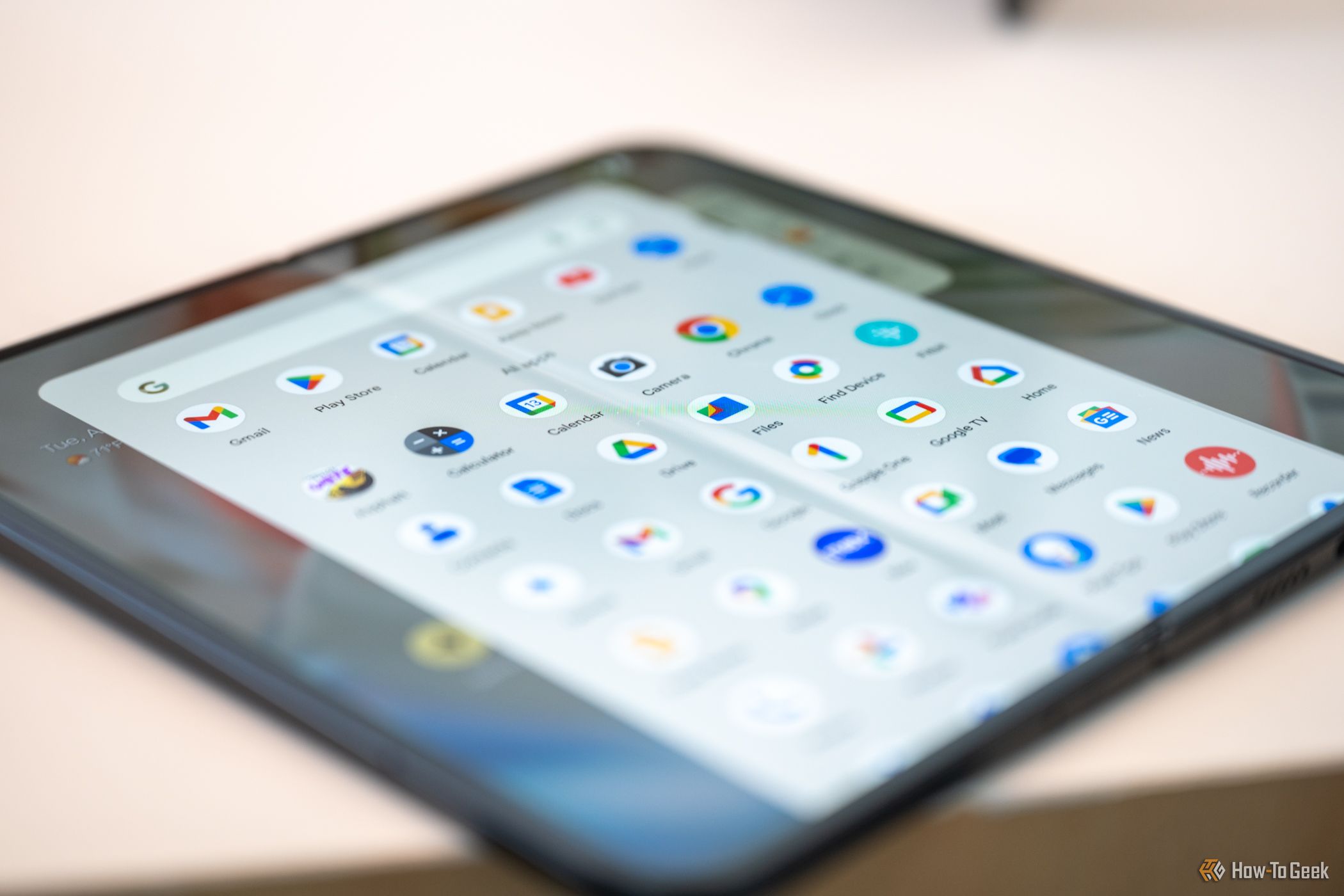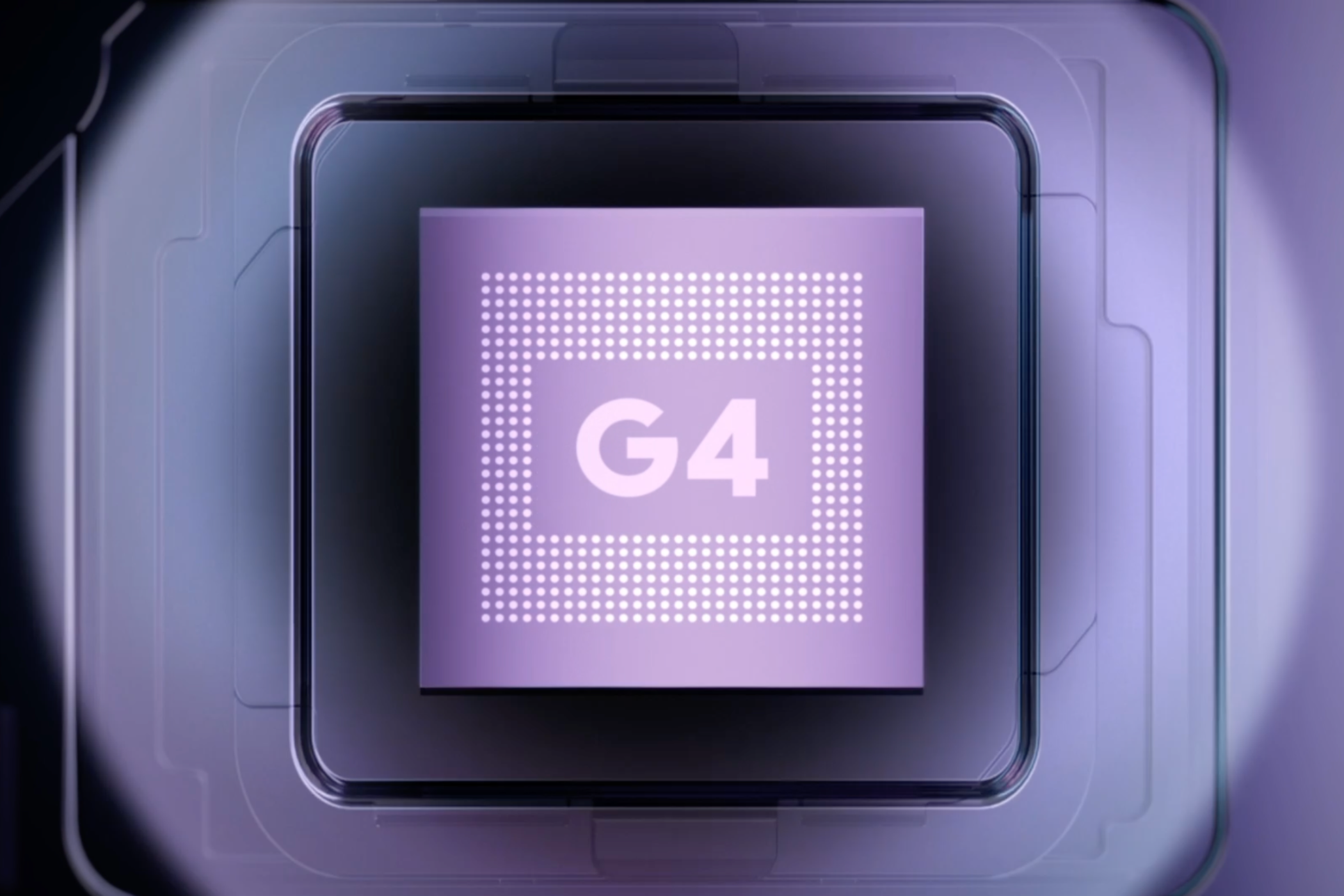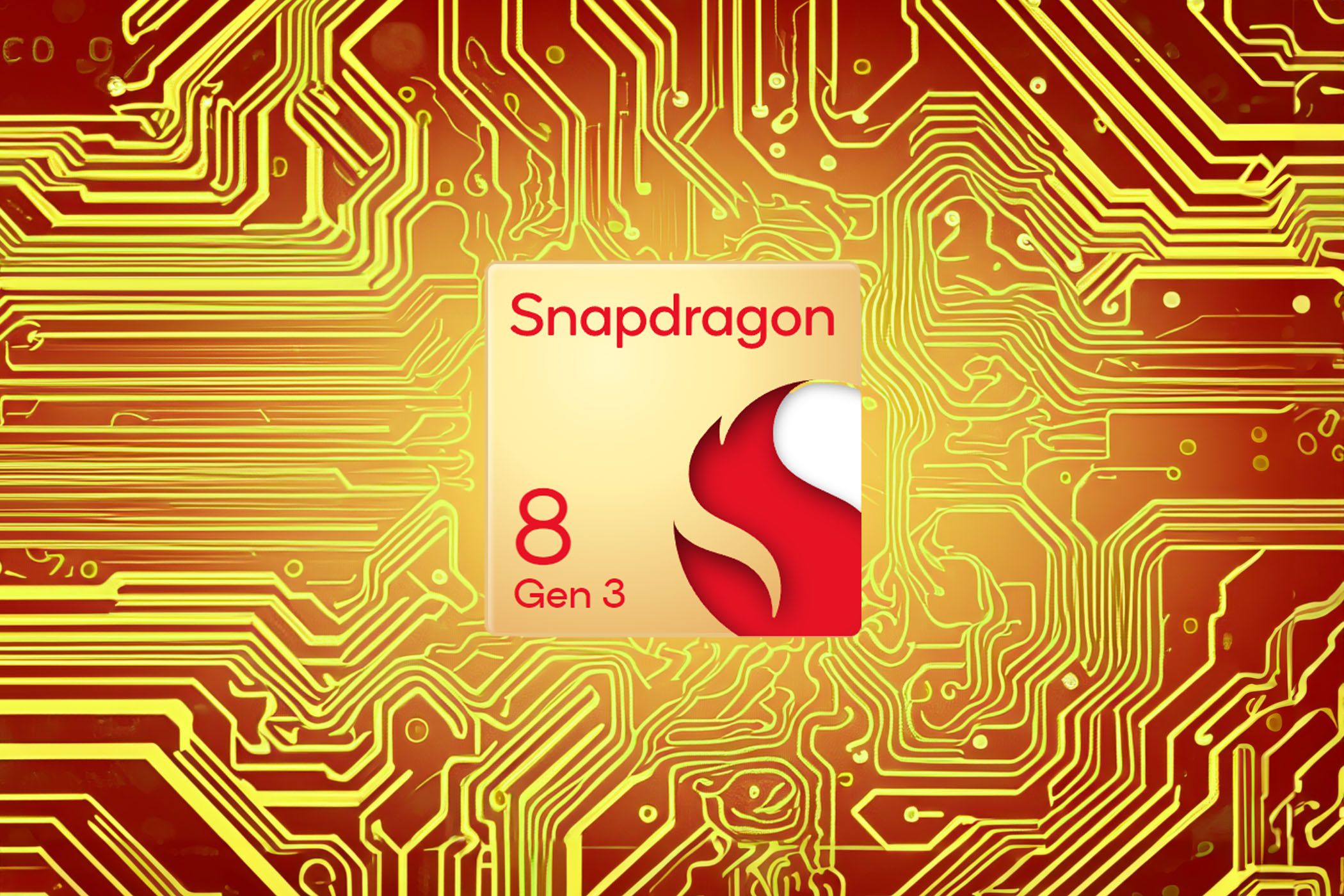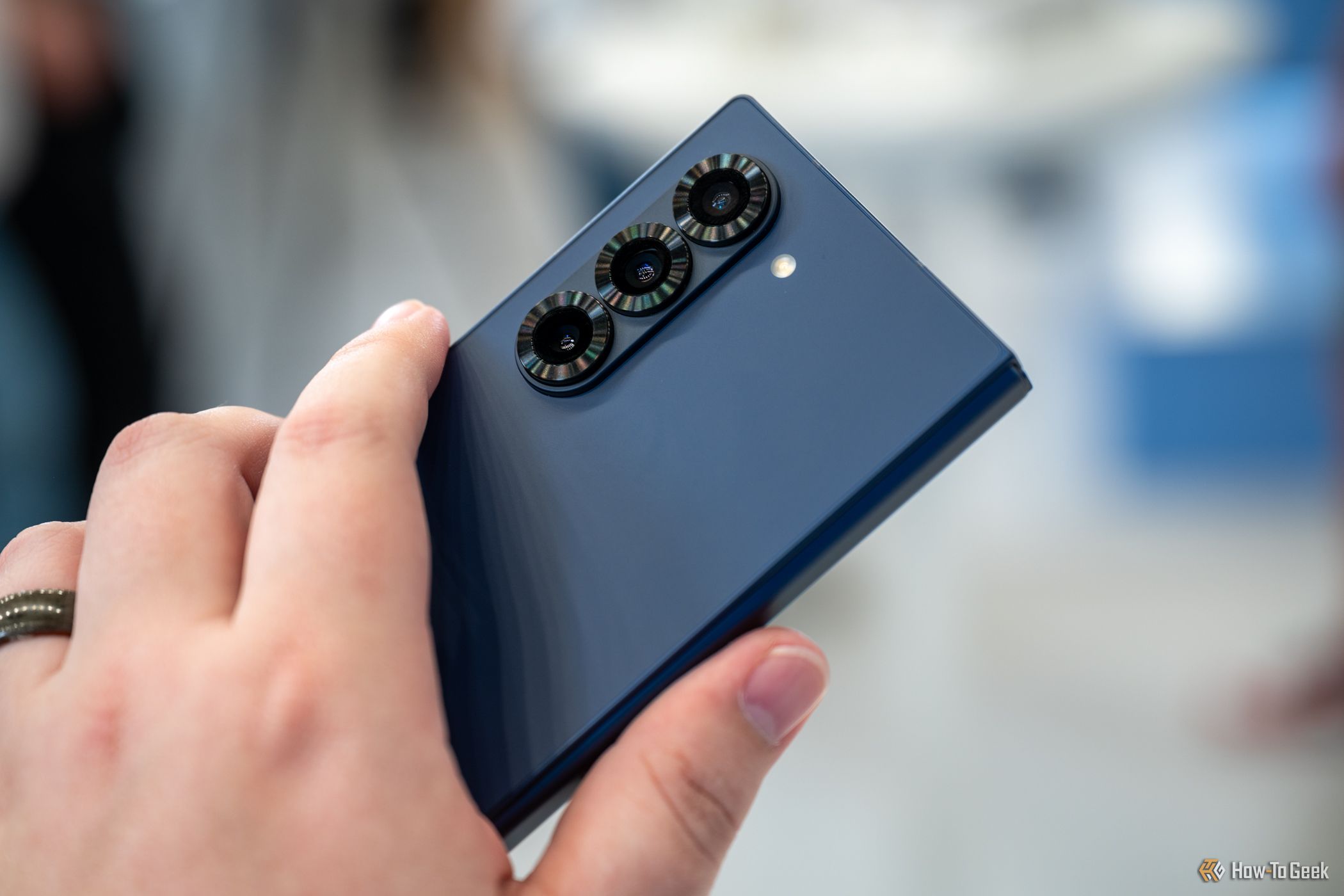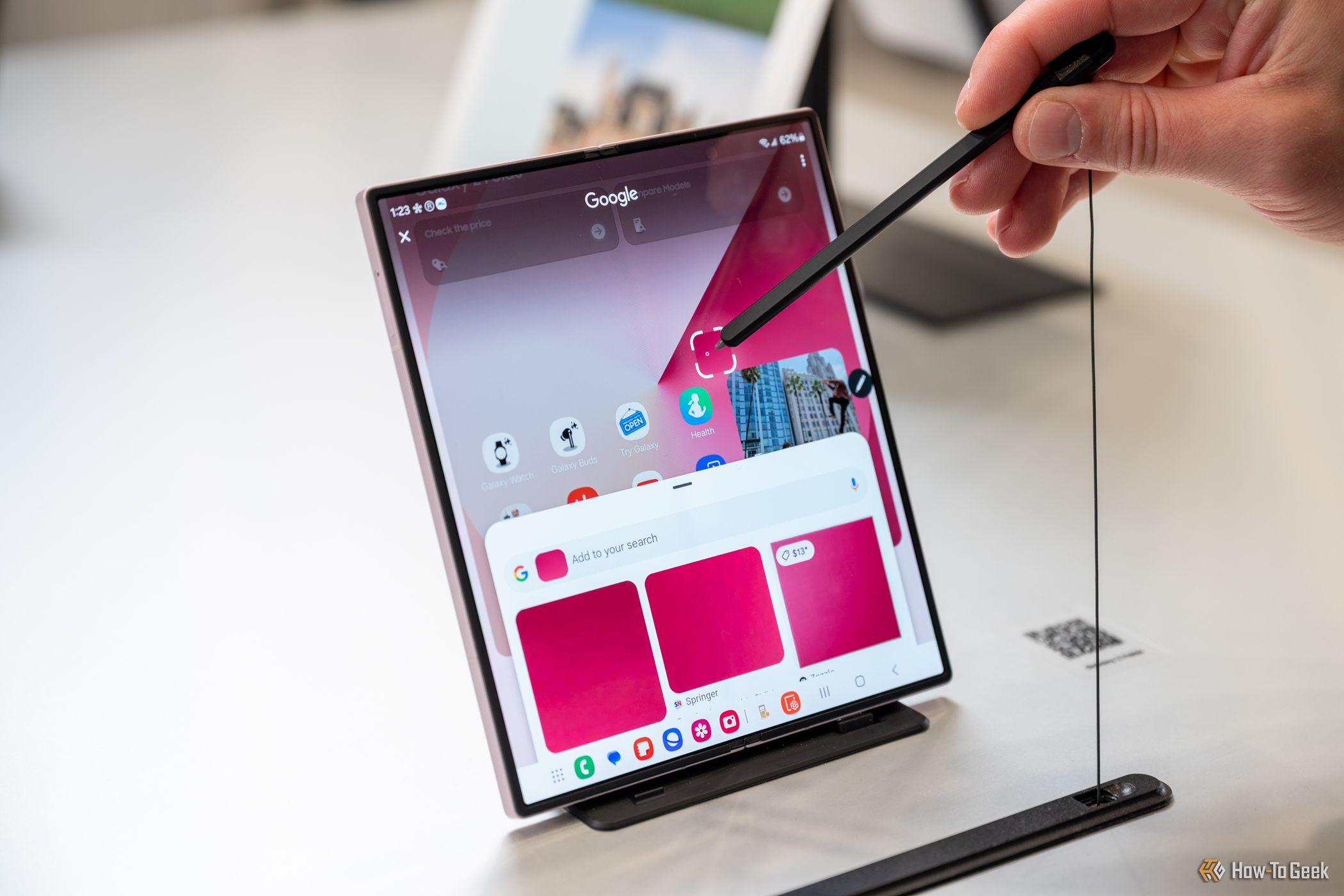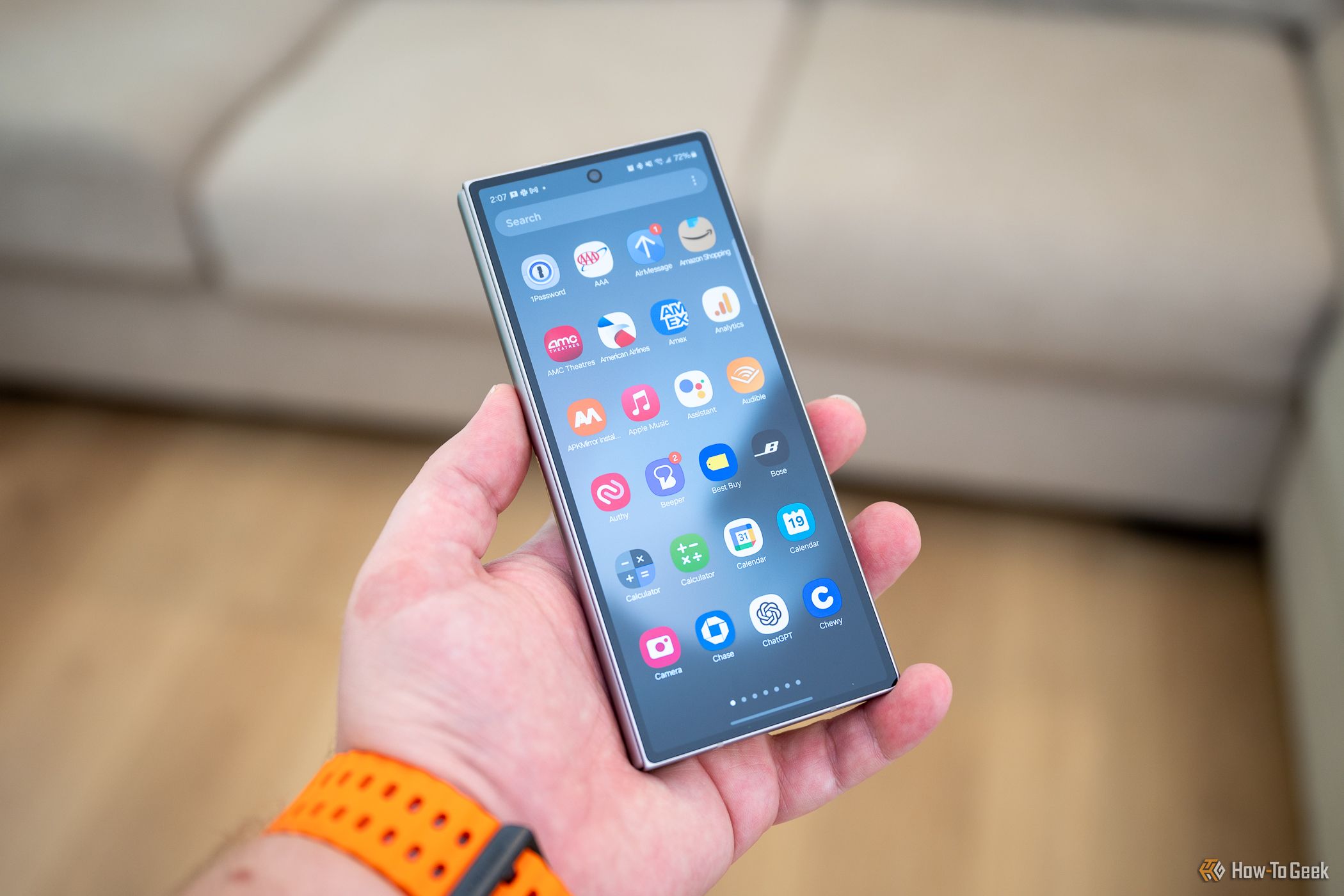Google just dropped its second-generation foldable, the Pixel 9 Pro Fold. Through no fault of its own, the smartphone competes directly with Samsung’s Galaxy Z Fold 6. Both phones offer top-notch specifications, but there are some major differences that set the phones apart.
Price And Availability
The Pixel 9 Pro Fold costs $1,799 for the base model with 256GB of storage. You can pre-order the smartphone on Google’s official website. Units will start shipping in late September. The foldable comes in two colors: Obsidian and Porcelain.
The Galaxy Z Fold 6 (released in July 2024) is available for $1,899 for the baseline variant with 256GB of storage. When it comes to colors, you can choose from Silver Shadow, Pink, Navy, Crafted Black, and White.
Portability vs. Durability
While the first-generation Google Pixel Fold didn’t win any notable accolades for its design, the Pixel 9 Pro Fold is a different story. For starters, it measures 155.2 x 77.1 x 10.5 mm when folded and 155.2 x 150.2 x 5.1 mm when unfolded, making it the thinnest foldable available in the United States. Besides, the phone weighs 257 grams, much less than the original Pixel Fold (283 grams).
The smartphone features a cover screen with a similar aspect ratio (20:9) to regular brick-style handsets, making the cover screen more accessible, especially for one-handed usage. Further, the inner screen, being wider than Galaxy Z Fold 6, offers a better viewing experience. Wrapped around the foldable display is an aluminum frame with rounded corners. The phone’s back consists of a large camera bump with two horizontal lines of sensors.
On the other hand, the sixth-generation Galaxy Z Fold measures 153.5 x 68.1 x 12.1 mm when folded and 153.5 x 132.6 x 5.6 mm when unfolded, making it thicker than the Pixel 9 Pro Fold. Even so, the phone weighs 239 grams, making it significantly lighter. The Z Fold 6’s cover screen has an unusual aspect ratio (22.1:9), making it narrower and taller than that of the Pixel foldable. As a result, the phone doesn’t unfold to the most optimum aspect ratio for viewing content, but using it in the landscape orientation solves the issue (to a good extent).
Like the Pixel 9 Pro Fold, the Z Fold 6 also has an aluminum frame with boxy corners. On the rear, the phone features a slimmer camera island that’s aligned vertically. The Pixel 9 Pro Fold’s hinge consists of “multi-alloy steel with an aerospace-grade high-strength aluminum alloy cover.” Similarly, Samsung says, “Enhanced Armor Aluminum is incorporated into the frame and hinge housing of the device.” Both phones can open fully flat at 180 degrees. You also get Corning’s Gorilla Glass Victus 2 protection on the cover screen and the back.
While the Pixel 9 Pro Fold has an IPX8 water resistance rating, the Galaxy Z Fold 6 features an IP48 water/dust resistance rating, implying that it can withstand ingress of particles with a diameter of 1mm or more. In the end, the Pixel 9 Pro Fold provides more comfort, while the Galaxy Z Fold 6 offers better durability.
Pixel 9 Pro Fold Has a Bigger and Brighter Display
The Pixel 9 Pro Fold features a 6.3-inch Actua OLED display with a pixel density of 422 ppi. It provides a refresh rate between 60-120Hz. When unfolded, the Pixel 9 Pro Fold flaunts an 8-inch Super Actua Flex display with a pixel density of 373 ppi. As mentioned, the square-like foldable screen has an aspect ratio of 6:5. Unlike the cover screen, the internal screen sports LTPO technology, implying that its refresh rate ranges between 1-120Hz. Both screens can achieve 2,700 nits of peak brightness, have a 2,000,000:1 contrast ratio, and support HDR content.
The Galaxy Z Fold 6 has a similar 6.3-inch screen with Dynamic AMOLED 2X display technology and a pixel density of 410 ppi. Unfolding the smartphone introduces users to the 7.6-inch Infinity Flex display with a pixel density of 374 ppi. With an aspect ratio of 20.9:18, the screen isn’t exactly square-shaped but doesn’t feel too off, either. Unlike the Pixel 9 Pro Fold, both the screens on Samsung’s latest foldable feature variable refresh rate (1-120Hz). You also get 2,600 nits of brightness and HDR10+ support on both displays.
Both Google and Samsung use a layer of ultra-thin glass to strengthen their “flex” display. However, the Z Fold 6 supports S Pen (Fold Edition), which unlocks a new realm of features like writing, sketching, scribbling, and app shortcuts with Air Commands. The foldable also features a new AI-powered feature called “Sketch To Image,” which turns rough sketches into more detailed images generated with the help of AI. However, you’d need to purchase the accessory for $100 over the cost of the phone.
Tensor G4 vs. Snapdragon 8 Gen 3: Google Can Do Better
The Pixel 9 Pro Fold relies on the new Tensor G4 SoC (4nm), an octa-core CPU with a 3.1GHz prime core. Then there’s the Mali-G715 GPU for handling video games and other graphic-intensive tasks and the Exynos 5400 modem, which is much more efficient than the Exynos 5300 on the Tensor G3. The processor is paired with 16GB of LPDDR5X RAM and up to 1TB of internal storage.
Ever since the Tensor G4 came out with the Pixel 9 series, there has been a chatter about its not-so-great performance on benchmarks. In a statement to Financial Express, the company has clarified that the chipset isn’t designed “to beat some specific benchmark,” which most likely refers to the GeekBench 6 and Antutu 10 benchmark scores circulating online. Instead, Tensor G4 focuses on specific “use cases,” including running the on-device Gemini Nano AI model and facilitating all the Google AI features, which is something that the Pixel series has mastered over the years.
Samsung’s Galaxy Z Fold 6 ships with the greatest mobile platform for Android phones: Snapdragon 8 Gen 3 (4nm) SoC. With a 3.39GHz prime core, Adreno 750 GPU (1GHz) with ray tracing for more realistic graphics, and Snapdragon X75 5G modem, the processor offers all-round performance. Besides, the phone comes with 12GB of LPDDR5X RAM and up to 1TB of UFS 4.0 storage, which is much faster than the UFS 3.1 storage on Google’s latest foldable.
While the Tensor G4 is based on Samsung’s 4nm fabrication technology, the Snapdragon 8 Gen 3 relies on TSMC’s 4nm technology. When it comes to benchmarks, the Snapdragon chip does significantly better than the Tensor G4. Even otherwise, demanding tasks like playing high-quality video games or editing/rendering videos should be more fluid on the Galaxy Z Fold 6. That is not to say that the Pixel 9 Pro Fold doesn’t live up to expectations; it’s just that the Fold 6 would appeal more to power users.
Google Nails It With the Cameras and Editing Features
The Pixel 9 Pro Fold features a triple-camera setup: a 48MP (f/1.7) primary sensor, a 10.5MP (f/2.2, 127° field of view) ultrawide sensor, and a 10.8MP (f/3.1) telephoto sensor for 5x optical zoom. There’s a 10MP (f/2.2, 87° field of view) camera on the cover screen and the inner display to click selfies and attend video calls. The hardware isn’t exactly impressive, but then you get a plethora of features like Pro Controls, Add Me, Macro Focus, Super Res Zoom (20x), Magic Editor, and Magic Eraser. The phone can even shoot 4K videos at up to 60 fps, with dedicated video recording features like Video Boost, Night Sight Video, and Audio Magic Eraser.
The Galaxy Z Fold 6 also houses a triple-camera setup: 50MP (f/1.8) primary sensor, 12MP (f/2.4, 123˚ field of view), and 10MP (f/2.4) with 3x optical zoom. While the cover camera is a 10MP (f/2.2) sensor, Fold 6 also has an under-display 4MP (f/1.8) sensor concealed under the inner screen. The phone gets a bunch of generative AI-based photo editing features. Still, as I said in my comparison between the Pixel 9 Pro XL vs. Galaxy S24 Ultra, they aren’t as extensive as those on Google’s foldable. Nonetheless, the Fold 6 can record 8K videos at 30 fps, something that the Pixel 9 Pro Fold can’t do.
Moreover, the Pixel 9 Pro Fold provides higher optical zoom and more features for capturing and editing photos/videos.
Expect a Similar Battery Life From Both Foldables
Like the other phones in the Pixel 9 series, the Pixel 9 Pro Fold is rated to last for over 24 hours of regular usage and up to 72 hours with the Extreme Battery Saver mode. Under the hood, it features a 4,650 mAh battery, and although Google doesn’t mention the charging rates on the official spec sheet, it says that the phone can pack in “hours of power in minutes of charging” with the company’s 45W USB-C charger. You also get support for Qi-certified wireless charging.
The Z Fold 6 has a slightly smaller 4,400 mAh battery that supports 25W wired, 15W wireless, and 4.5W reverse wireless charging. Samsung claims the phone can provide up to 23 hours of video playback on a wireless network. The phone can charge up to 50% in about 30 minutes. What’s interesting to note is that the phone lasted less than the original Pixel Fold in Phone Arena’s comprehensive battery life test.
Seven Years of Android Updates Is a Standard
When it comes to software support, both Google and Samsung are promising up to seven years of major Android updates and security patches. However, the Pixel 9 Pro Fold should receive quarterly Pixel Drops, often unlocking new features. The smartphone runs on the purest form of Android 14, allowing users to experience the operating system the way Google intends. The Fold 6, on the other hand, runs on One UI 6.1.1, Samsung’s custom UI atop Android 14, which offers more features and personalization options.
As Android 15 is in the final stages of development, there’s a good chance that both the phones will get a software upgrade pretty soon (stock version on the Pixel 9 Pro Fold vs One UI 7.0 on the Galaxy Z Fold 6). If you’re on the Google team, you get Google AI, which includes features like Pixel Screenshots and Gemini, while the Samsung team gets Galaxy AI, which offers features like Chat Assist and Sketch to Image. The Pixel 9 Pro Fold includes a one-year free trial of Gemini Advanced, which provides access to Gemini Live.
Which is Right for You?
Ultimately, the Pixel 9 Pro Fold and the Galaxy Z Fold 6 are premium foldables that ship with the best hardware and software the respective companies offer. While you won’t be disappointed with either of the devices, you might be more happy with one based on your requirements. It’s worth mentioning that the Pixel 9 Pro Fold starts from $1,799 for the base variant with 256GB of storage, while the Galaxy Z Fold 6 costs $1,899.99. If you don’t have a preference, getting the former would save you $100.
Among the reasons to consider the Pixel 9 Pro Fold are a bigger and brighter inner screen, a 5x telephoto sensor for enhanced zoom range, a better front camera on the internal screen, a slightly larger battery, and a deep integration of Gemini. If you’ve been a Pixel user in the past and you like stock Android better than customized user interfaces, the Pixel 9 Pro Fold could be an excellent option for you.
The Galaxy Z Fold 6 is better suited for power users who require a more powerful chipset, either for gaming or content creation. Further, the smartphone offers S Pen support, an accessory with a separate fan base. If you have other Samsung devices, like the Galaxy Buds or a Galaxy Watch, you’re better off with the Z Fold 6. Last but not least, the phone passes as a considerable upgrade over the Z Fold 3 or Z Fold 4.


